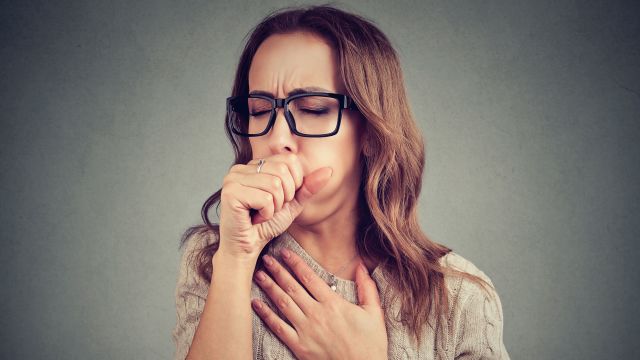Asthma attacks can range from mild to life threatening and are usually accompanied by coughing, wheezing and breathlessness. They are triggered by various allergens, pollution, or even physical activity. The severity and frequency of the attacks determine how carefully the condition needs to be managed and the most effective treatment methods.
If you’ve ever watched someone have an asthma attack, or had one yourself, you may have wondered how the attack started and what produces such uncomfortable (and scary) symptoms. Here, we take a look at how an asthma attack happens.
The asthma trigger
Triggers are elements in the environment that cause the airways to inflame, consequently causing or exacerbating asthma attacks. Some of the most common triggers include mold, pollen, dust mites, cockroaches, cigarette smoke, stress, strongly scented products, cold weather and certain medications. Asthma can also be triggered by an illness, like having a cold or the flu.
"[This] generally causes the release of chemical mediators," says William Randall Jr., MD, a pulmonologist at Mercy Personal Physicians in Lutherville, MD. These mediators cause the airways to spasm and the muscles in the throat and chest to tighten. "You start to cough and wheeze; you get tightness in the chest."
Becoming familiar with the warning signs of an oncoming asthma attack can help prevent it—or, at the very least, decrease the severity. They include, but are not limited to:
- Coughing that wakes one up at night
- Chest tightness
- Wheezing
- Rapid breathing
- Breathlessness
The escalation of an attack
In the best-case scenario, a person experiencing an attack can prevent the situation from escalating. "Once the process gets going, you want to try and control it as best you can," says Randall. "Don’t panic—hyperventilation can aggravate the situation."
If you know what triggered the attack, address the trigger anyway you can. This could mean stopping a physical activity or moving away from an irritant like cigarette smoke.
It’s important to sit upright and focus on proper breathing during an attack: Inhale through your nose, then exhale through your mouth for two to three times longer than your inhalation. Since asthma actually causes the lungs to be overinflated with air, you’ve got to get the old air out before you get the new air in, explains Randall: "If you stack breaths on top of each other, you’ll cause more shortness of breath and more chest tightness."
Treating an attack with medication
If you’ve been diagnosed with asthma, you’ve most likely been prescribed a rescue inhaler to use in case of an attack. Using a short-acting bronchodilator (which relaxes the muscle around the bronchial tubes, the airways in the lungs) allows the airways to open up and is always great to have on hand for emergencies. But for patients with severe or persistent asthma, rescue inhalers should not be the only therapy. If you’ve got persistent or recurrent asthma, you will need a regular dose of medication to take on a daily basis to control inflammation and prevent attacks from occurring.
Asthma attacks can vary in length from a few minutes to many hours, and from mild to severe. If you’re experiencing an attack that isn’t abating or severe, get emergency medical help right away.



